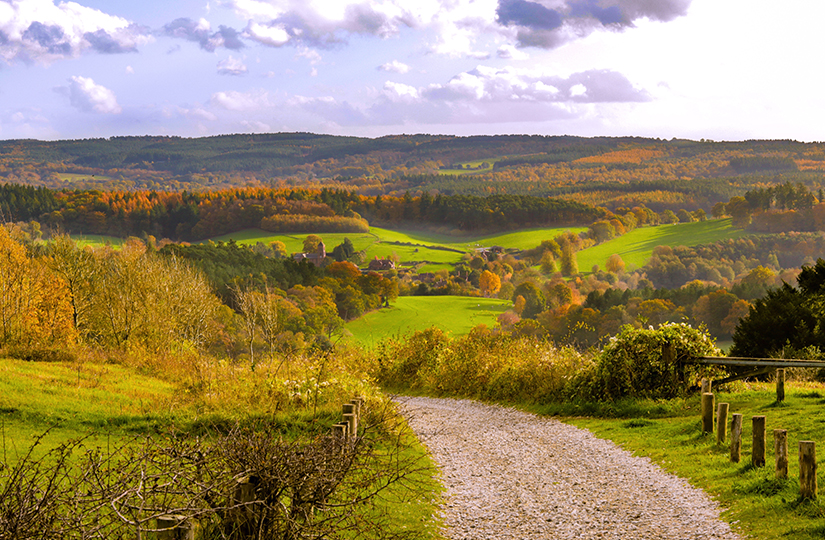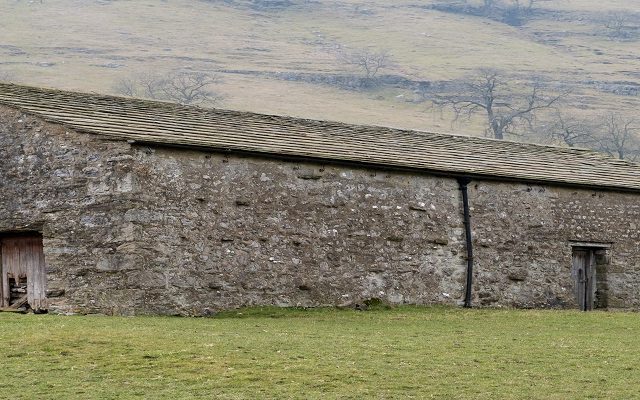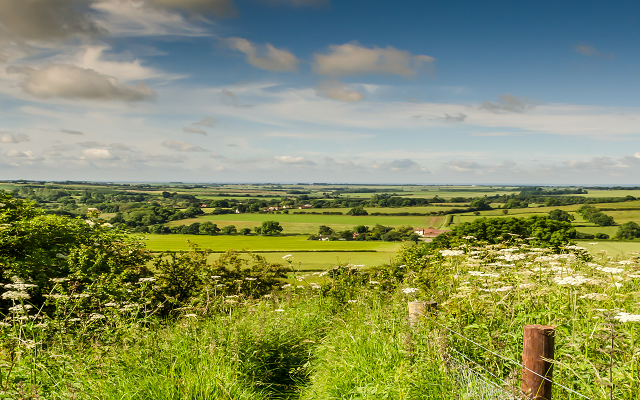Q&A on plans to extend protected landscapes in England
Natural England recently announced it is working on proposals to expand the area of land in England with protected status, as well as developing activities that will help to drive nature recovery and improve people’s connection with nature.
Protected status covers a range of different designations, including land within a National Park or an Area of Outstanding Natural Beauty (AONB).
We answer key questions on the government’s proposal and how it might impact on landowners:
Where are the areas being considered for designation?
Four areas are being considered for greater protection following the Prime Minister’s commitment, made in the 10 Point Plan for a Green Industrial Revolution, to give protected status to 30% of England’s countryside by 2030.
It is being proposed that two new regions – the Yorkshire Wolds and Cheshire Sandstone Ridge – become new AONBs, while the Surrey Hills AONB and Chilterns AONB are extended.
AONB status is designed to protect the land to conserve and enhance its natural beauty.
What’s involved in the designation process and how long will it take?
Natural England will begin considering the designation of the four areas during this financial year. Progress beyond this will be dependent on the funding settlement it gets for future years.
However, the designation process is expected to take at least two or three years to complete.
In previous cases, designation has taken three to five years – measured from the start of technical assessments, through to when the designation order is submitted to the Defra Secretary of State.
How long it takes for a minister to confirm a designation order varies according to several factors, including whether a public inquiry is deemed necessary.
What are the implications for landowners and how can they prepare?
Planning:
The National Planning Policy Framework (NPPF) contains policies specific to protected landscapes, meaning potential planning implications for landowners.
AONB designation means that some Permitted Development Rights (PDRs) are not available and planning proposals will be subjected to the full planning approval process. One example is that Class Q rights that allow the conversion of agricultural buildings for residential use cannot be used in AONBs.
In major development cases, there is also a need to show ‘exceptional circumstances’ and that the application is in the public interest.
Affected landowners who might have been considering a development, may therefore find it beneficial to progress now before AONB status is put in place.
Public rights of way:
Designation as an AONB is likely to attract more visitors to an area, particularly given that we have seen during the COVID-19 pandemic that people have a growing appreciation of access to green spaces.
To help manage public access, it will be advisable for landowners to deposit a statement and declaration confirming the route of designated footpaths and bridleways within the local authority.
Under Section 31 (6) of the Highways Act 1980, landowners who put forward this statement can help protect themselves against the creation of any new rights of way.
The statement should include a map of the farm with the existing rights of way marked, and the landowner should state that they do not wish any more footpaths to be designated over it.
The council will then present this publicly for any objections. If there are no objections, the landowner can submit a document requesting that their land is protected from new rights of way for 20 years.
Are there new opportunities from protected status? The past year has shown us how much people value the beauty of our natural landscapes and so designation will present some rural businesses with an opportunity to develop new products and services that tap into this passion for the countryside and a desire to connect with nature.
Potential projects might involve letting out under-utilised barns as holiday cottages, converting fields in to campsites or selling local produce.
At a time when we are seeing a shift in agricultural support, this may be an opportunity to an additional income stream into a rural business.
What is the Farming in Protected Landscapes programme?
Farmers and land managers in existing ANOBs have been given access to a new source of grant funding that could pay 100% of the costs of a range of one-off projects.
The Farming in Protected Landscapes programme is offering funding for projects that will:
- Help to mitigate the impact of climate change.
- Stimulate nature recovery.
- Provide opportunities for people to enjoy the landscape.
- Enhance a place, including through the creation of more resilient, nature-friendly farming businesses.
Find out more in our New grants on offer for farmers in protected landscapes blog.






